Propagating African Blue Basil
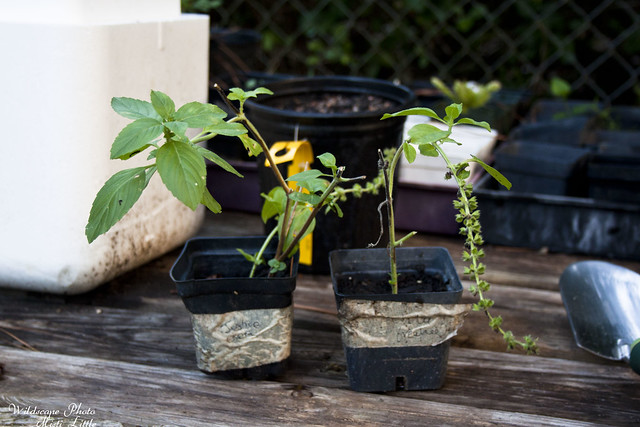
Ignore the old masking tape tags there….
I started taking cuttings of my African Blue Basil in hopes of containerizing it for the winter and replanting in the spring. The plant won’t take a freeze, as evidenced by the plant I bought last fall dying last winter, so I thought I’d help continue on this plant’s existence in our garden by rooting cuttings. Since this variety of basil is sterile, it does not produce seeds and cuttings are the only way to continue its life.
Previously I had tried rooting them in water only to have the leaves brown in a few days. This time I just stuck them in the dirt and watered well for a couple of days and the plants have perked up and are doing great! I will likely take more cuttings later in the fall, but since I had to trim back the plant anyway a few weeks ago I decided to go ahead and try rooting them.
As you can see the plant has done quite well over the growing season. In fact, I’ve trimmed it back a few times as it was overtaking a couple of other plants that I didn’t want it to shade out. Our honeybees and other pollinators have thoroughly enjoyed it and I don’t think I would garden without it in the future. Perhaps a plant near the bees and another plant out in our vegetable garden where our herb beds are planned sounds like a good idea.
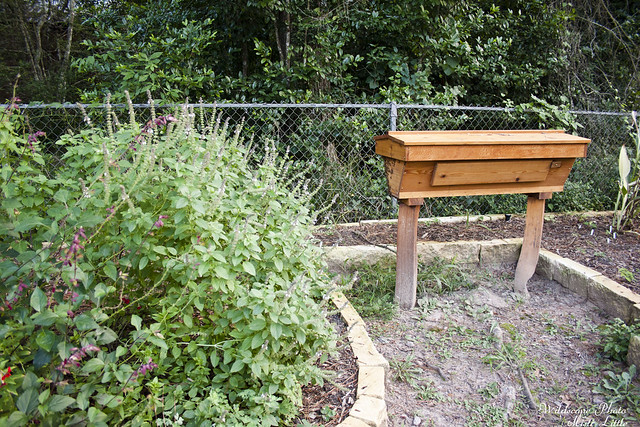
Readily accessible for the bees. (Which by the way, remind me to tell you the story about the bee stinging me near my eye if you haven’t already heard it on Facebook.)
This basil is a ‘Purple Ruffles’ variety that I’ve enjoyed having in the flower garden too. Not only could I eat it if I wanted it adds a great texture and color to the garden. I’m definitely one for intermingling my herbs with my flower gardens!
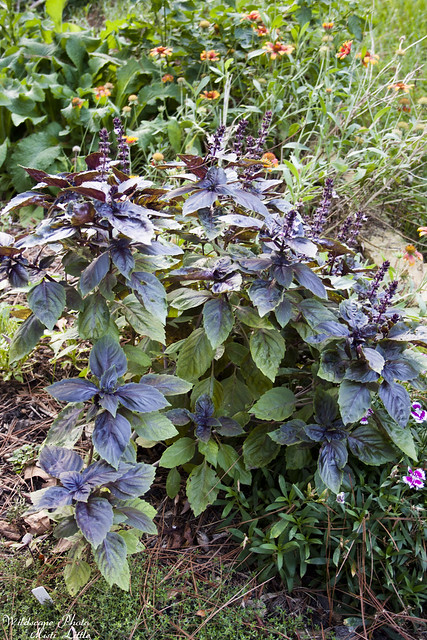
You can see some creeping thyme below the basil and Gaillardia x grandiflora in the background.
African Blue Basil is a must for your garden!
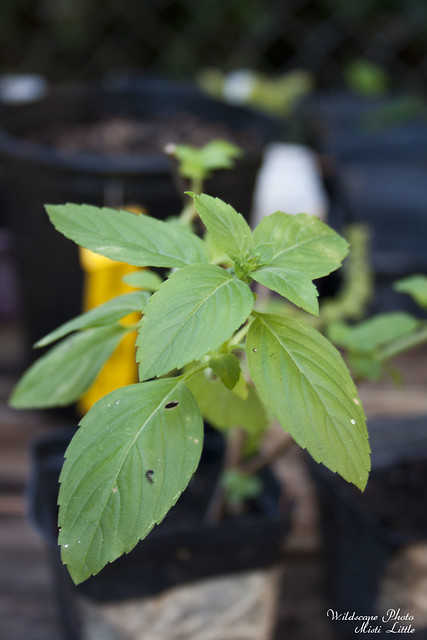
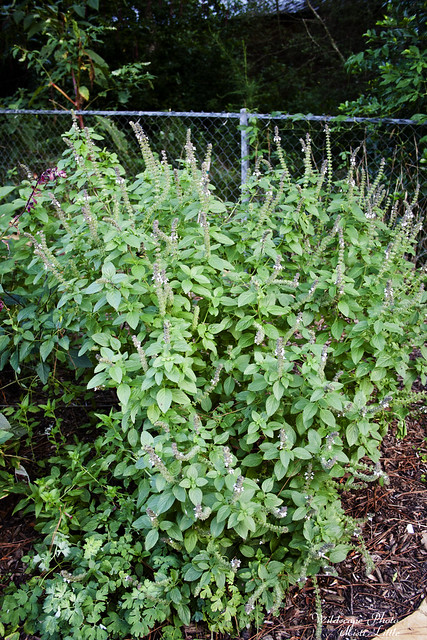
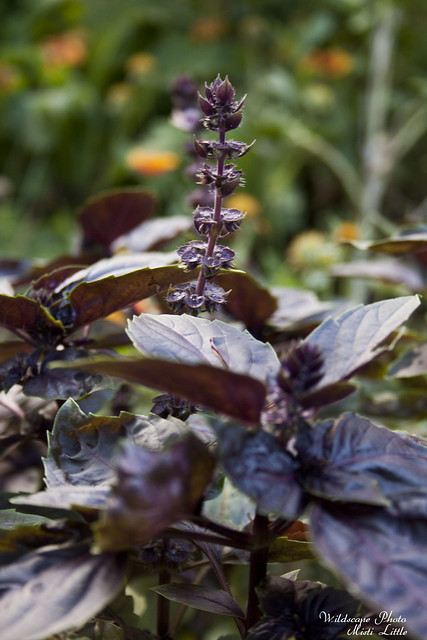
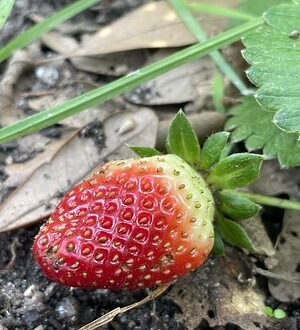
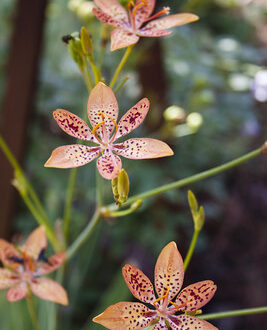
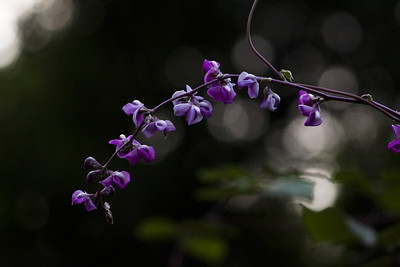
4 Comments
chel
Ahh! I have some of that in my tomato planter. It’s beautiful. I usually don’t let it flower because there are no bees to share with, and my herbs get really gangly when I let them flower. I’m going to leave it go, though, and see what happens.
Moosie
Mine isn’t looking to good now.
Pingback:
Jackie
Thanks for the tip about this! I followed your method of direct-to-soil propagation, and have 18 lovely strong African Basil plants growing. It seems to take about three weeks for them to really get with growing, and they tended to look pitiful and shocked for the first week, but it really worked. I didn’t lose a single cutting.